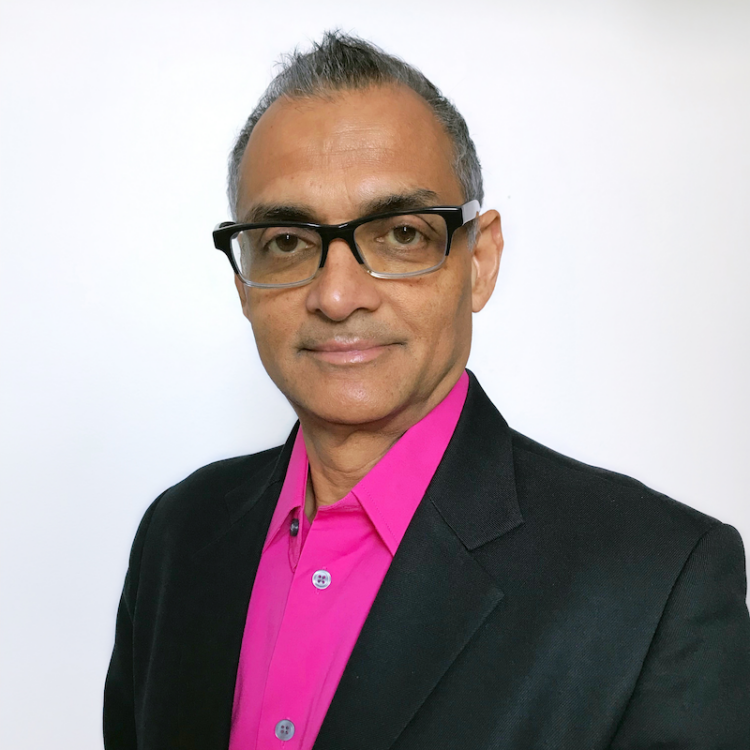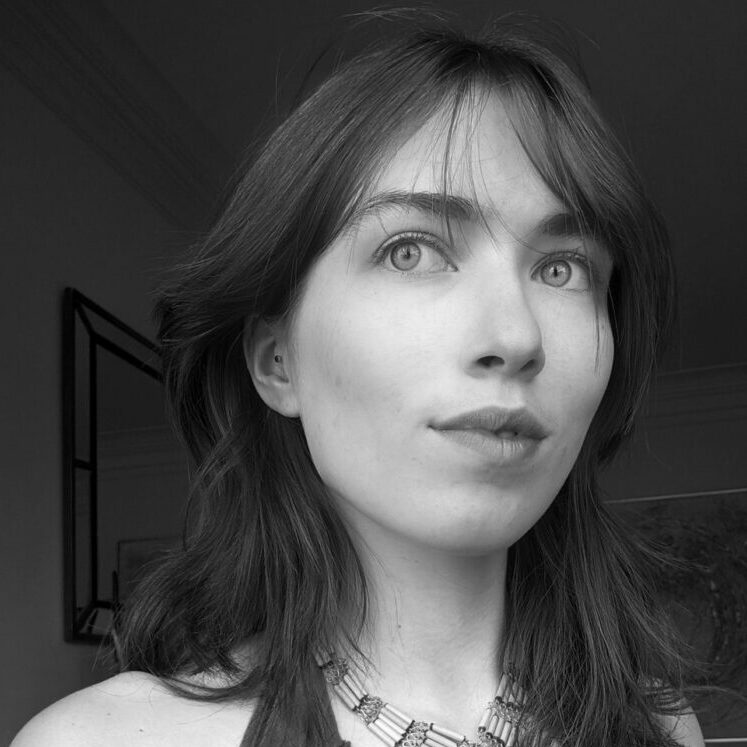Interview with Dr. Prasad Boradkar, the New Dean of the College of Design November 17, 2023
Congratulations to Dr. Prasad Boradkar on his selection as the new dean of the College of Design!
Dr. Prasad Boradkar brings a wealth of experience from both academia and industry. His recent role at Google’s Advanced Technology & Projects division focused on user experience research and sustainable development for health and wellness products. Prior to this, Dr. Boradkar served as a professor at Arizona State University, co-directing the Biomimicry Center and leading the InnovationSpace lab.
With a diverse academic background spanning anthropology, industrial design, and engineering, Dr. Boradkar is positioned to steer the College of Design towards new heights. As the chief executive and academic officer of the College of Design at the University of Minnesota, his aim is to collaborate extensively, leveraging the college’s strengths to propel it as a national and international leader.
Dr. Boradkar’s leadership promises innovation, interdisciplinary collaboration, and a vision that unites academia and industry, signaling an exciting chapter ahead for the College of Design.
In your role as the dean of the College of Design, what are your primary goals and vision for the college? As dean, how do you plan to navigate and harness the diverse range of interests and expertise within the College of Design?
As someone who is just stepping into this role, my first task is to listen and learn. There are numerous research and education efforts underway at the college and at this university. I would like to immerse myself in the culture of this place and soak it in so that I understand it well.
My next step is to reflect and respond to what I have learned before I begin to brainstorm with staff, faculty, and students to determine how we move the college forward.
What is really remarkable about this college and this university is the breadth and diversity of disciplines. I see this as a strength that opens up significant opportunities for interesting work not only within the disciplines but also across them. As Nobel Laureate Gunnar Myrdal commented, problems do not come in disciplines. And we know that we will be facing more complex and wicked problems in the future. I am looking forward to engaging with not only all the design disciplines but also other colleges at the university on transdisciplinary projects.
Having worked in both academia and industry, what have been the most significant challenges and opportunities in bridging the gap between these two sectors? How have these experiences shaped your vision and your capacity to create a meaningful impact within the College of Design?
I believe that both academia and industry can learn from each other, invest in each other’s expertise, and in the process, improve each other.
In the past, while I have been in academia, I have always maintained relationships with industry partners, either through corporate sponsorships of projects, internship, and mentorship opportunities; creation of industry consortia; joint publications; and more. When I have worked in industry, I have stayed engaged with academic labs, centers, researchers, and students.
In industry, teams are by nature very interdisciplinary, which means that designers get to work with and learn from a variety of other disciplines, whether they are material scientists, software engineers, product managers, developers, structural engineers, Machine Learning and AI experts, biologists, artists, etc. There is also enormous pressure to innovate on a continuous basis. This creates the opportunity for lots of iterative cycles of research, brainstorming, and design. But there are also incredible financial pressures to deliver results in short cycles because industry is driven by quarterly reporting.
On the other hand, I think of universities as places where students and faculty can engage in deep research of theoretical issues, exploratory design projects, engagement with unexpected disciplines, and more. The university expects faculty to do research and further the creation of new knowledge in their disciplines. There is often time to think about what we are doing, question our approach, be self-reflexive, and then move forward.
These different experiences and approaches mean that practitioners and academics can learn a lot from each other and can benefit by establishing deep partnerships.
Leadership plays a vital role in your career. Can you share the guiding principles and values that shape your leadership style and whether your approach varies between academia and industry settings?
People are the backbone of any organization and so leadership is about three things to me:
-
-
- Exercise care: I really believe that everything we do in this world should be done with care. I am really interested in learning about what care means, how we operationalize it, and how it can impact our relationships not only with people but all human and nonhuman, living and nonliving things on this planet. I have been really taken by the work of María Puig de la Bellacasa, who in her book Matters of Care, presents a powerful challenge to conventional notions of care, exploring its significance as an ethical and political obligation.
- Create goals that everyone feels proud to be a part of: It is only when we have a shared vision with people in our team that we can all work in concert and move ideas forward.
- Build a community where diverse thoughts are enabled and encouraged: As we know, biodiversity in the natural environment is critical for species that live in it because monocultures do not thrive. We become more resilient when we can embrace and encourage diversity of people, thinking, approaches, disciplines, and more. Leaders need to recognize the value of diversity and do all they can to make it central to their efforts.
-
Your emphasis on creating with care for people and the planet is commendable. Do you have any advice for designers across disciplines on how to navigate significant ethical or sustainability dilemmas?
-
- Design with care: We can participate in shaping more just, kind, equitable, and considerate futures for us all, by designing with care.
- Work across disciplines: In order to generate sustainable solutions to the problems we face today, we need to work with a variety of design and non-design disciplines so that we can, by design, make a significant positive impact in the world.
- Think beyond human-centered design: The activities of human-centered design not only impact humans; they impact all species on the planet. We need to go beyond our anthropocentric thinking and engage in life-centered design.
- Learn from nature: Over billions of years of evolution, organisms have adapted to the environments in which they live. Biomimicry (innovation inspired by nature) can help us not only understand how plants and animals have evolved specific features, forms, mechanisms, and strategies by which they thrive in their environments but we can learn from them to generate creative, sustainable solutions to the problems we face.
You’ve spoken about design as a “mediating force” between technology and culture. Can you share an example of a product or service where you’ve witnessed this mediation process create a particularly intriguing or unexpected result?
I think all design can be imagined as a mediating practice. Any good design, whether it is a landscape, product, building, mobile app, etc. exhibits successful implementation of this practice.
Your background in anthropology provides a unique lens for understanding human behavior and culture. How has this background enriched your approach to design?
Everything we create as designers, whether it is a small product or a big building, becomes a component of everyday life and culture. As T.S. Eliot said, “even the humblest material artefact, which is the product and symbol of a particular civilization, is an emissary of the culture out of which it comes…” Design is a sociocultural activity that shapes our material landscape, and in that process, it makes us who we are. The things we design, in turn, design our behaviors, habits, routines, practices, rituals, and belief systems. We are often molded around and by the material artifacts with which we live. We as designers have to be very careful and mindful in how and what we design.
As the role of educators evolves, what are some strategies you use to encourage students to become more self-reliant and independent in their learning? How can these strategies extend beyond the classroom and be adapted to enhance our growth as designers?
I like to think of educators and students as a community of learners. My educational philosophy imagines the process of education as a path to be traveled by the educator and the student, where both read maps together, tackle problems as a team, and work towards finding a solution. The educator might recommend certain paths to follow and strategies to adopt should the students get lost. This approach does not limit students to accepting the roles of passive recipients of expert advice but transforms them into active researchers and makers.
You mention how learning from other disciplines can enrich our perspective and thinking about design. What has recently sparked your inspiration?
I am really fascinated by what we can learn from the natural world. Biologists are constantly doing remarkable research to understand the behaviors of a variety of plants and animals. More recently, I have been really intrigued by how the octopus is able to change the color of its skin in order to camouflage itself in its environment. The animal does this with cells called chromatophores which have pigment-filled sacs that can expand and contract to change color. In addition, the octopus can also change the texture of its skin by using small muscle bundles called papillae that can be raised and lowered when needed to create textural variations. The products and buildings we design tend to be so much more static and unchanging. What can we do to rapidly change the surfaces of objects to make them a lot more adaptable to the environment in which they are? Can we learn from the octopus and create surfaces that can change color to reduce or increase heat absorption, change texture, self-clean, etc.?


